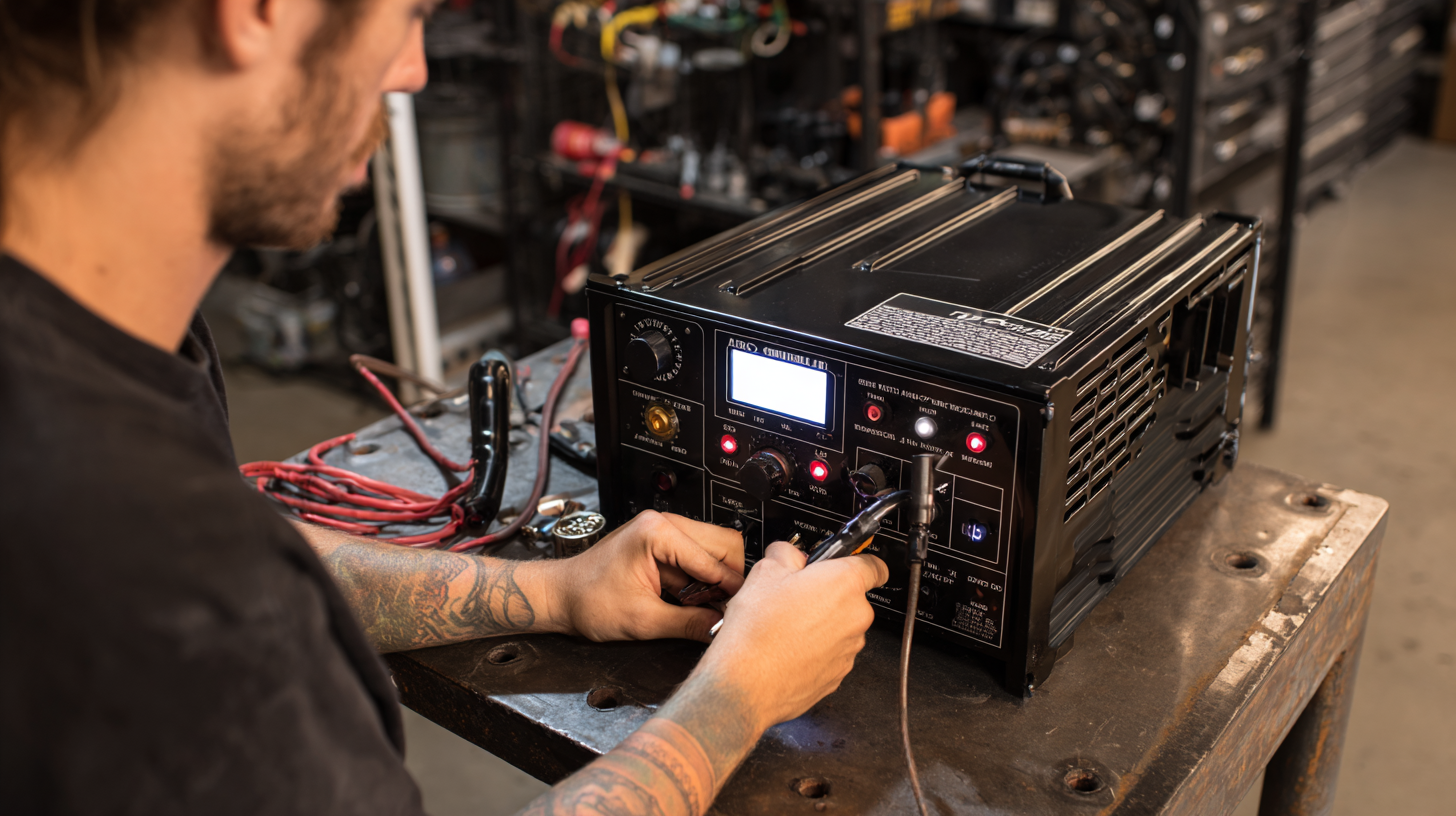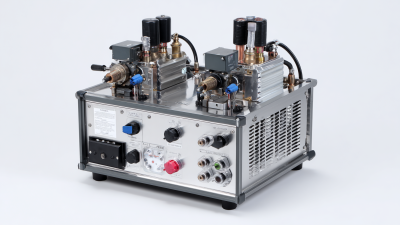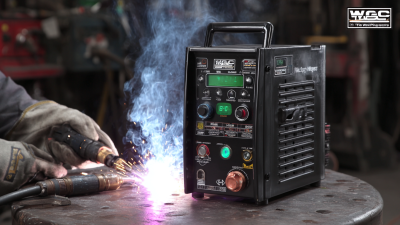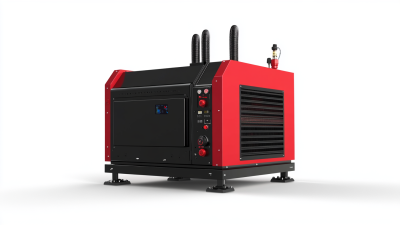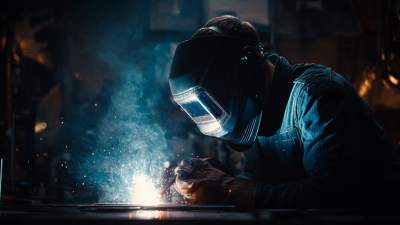In the world of welding, selecting the right AC DC TIG welder for your specific projects is crucial to achieving high-quality results and ensuring operational efficiency. According to the American Welding Society, the demand for versatile welding equipment has surged, with TIG welding becoming increasingly popular for its precision and ability to weld a wide range of materials, including stainless steel, aluminum, and exotic alloys.
Additionally, a report by MarketsandMarkets indicates that the global welding equipment market is expected to reach USD 20 billion by 2024, driven by advancements in technology and increased industrial activities.
With such significant growth, understanding the features and capabilities of AC DC TIG welders—such as power output, portability, and user-friendly controls—has never been more important for both amateur and professional welders. Making an informed decision on the right equipment will ensure that you achieve optimal performance and results tailored to your specific welding needs.
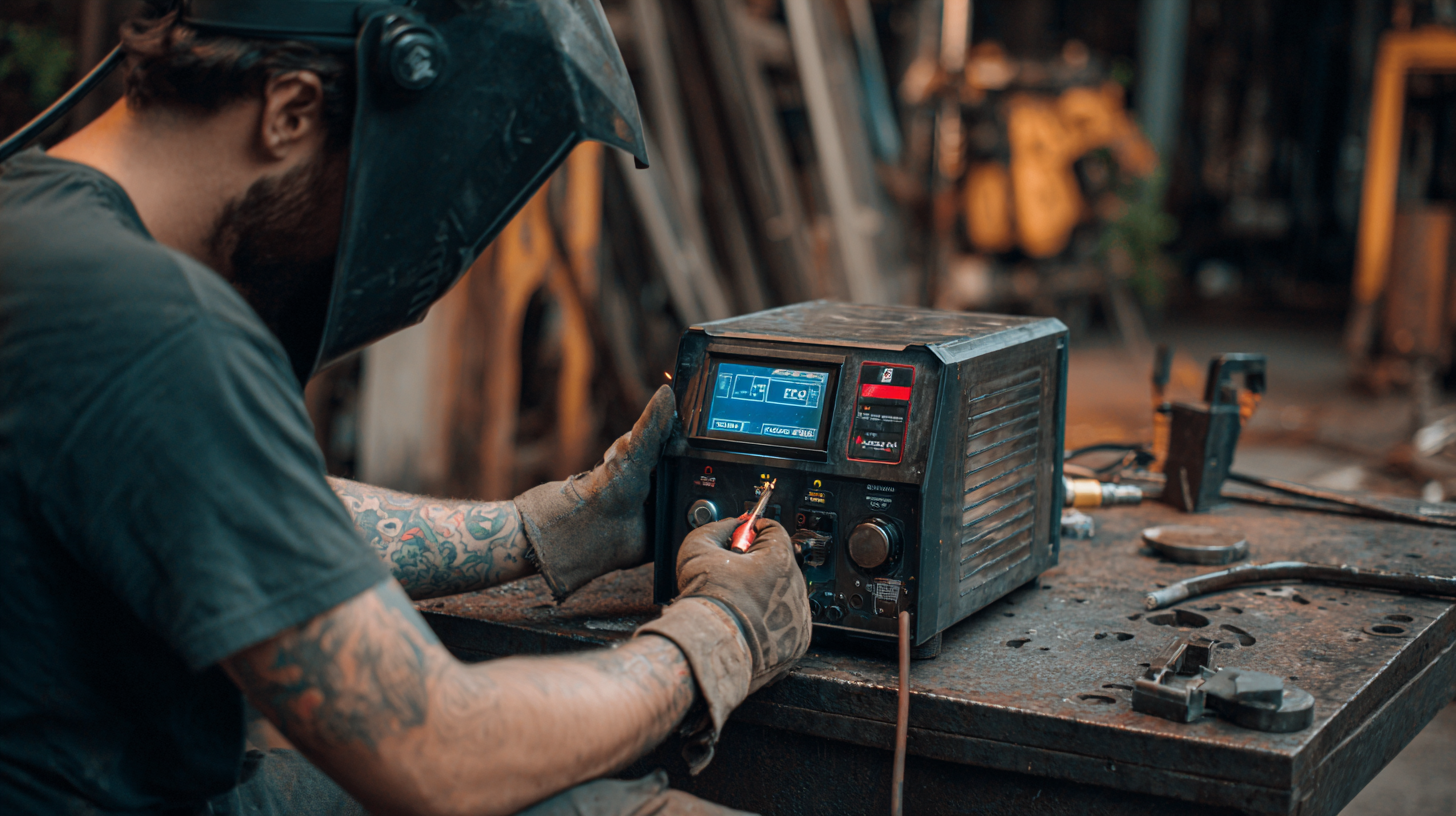
When selecting the right AC/DC TIG welder for your specific projects, several factors come into play that can significantly affect your choice. First, consider the type of materials you will be working with. AC welders are typically better suited for non-ferrous metals like aluminum, as they can produce cleaner welds and handle the oxidation on aluminum surfaces more effectively. On the other hand, DC welders excel at welding ferrous materials, making them ideal for steel and stainless steel applications. Understanding your material requirements will guide you in choosing the right welder.
Another critical factor is the power output of the machine. The amperage capacity will dictate the thickness of material you can weld, with higher amperage allowing for thicker materials. Look for welders that offer a wide range of amperage settings, as this flexibility enables you to tackle various projects without the need for multiple machines. Additionally, consider the built-in features such as pulse welding capability and foot pedal control, which can enhance your welding precision and overall experience.
| Factor | Description | Importance Level | Recommended Range |
|---|---|---|---|
| Power Type | AC for aluminum, DC for steel | High | AC/DC capabilities |
| Amperage Range | Ability to adjust heat settings | Medium | 10-300 Amps |
| Duty Cycle | Time welder can operate | High | 60%-100% |
| Portability | Weight and size for transport | Medium | < 50 lbs |
| Features | Advanced settings like pulse and slope | Varied | Pulse, tig torch with ergonomic design |
| Price | Cost versus features offered | High | $300 - $3000 |
When selecting a TIG welder, understanding the distinctions between AC and DC welding is crucial, as each serves specific applications. AC (Alternating Current) is predominantly used for welding non-ferrous metals like aluminum and magnesium. This is due to its ability to clean the oxide layer that forms on these metals, ensuring a strong bond. The alternating flow of current helps in achieving a more stable arc during the welding process, making it suitable for thin sections of aluminum where heat control is essential.
On the other hand, DC (Direct Current) welding is ideal for ferrous metals such as steel and stainless steel. The consistent flow of current provides a smoother arc and facilitates deeper penetration, which is necessary for thicker materials. Additionally, DC welding is less likely to cause overheating, allowing for greater control over the weld pool. Understanding these applications will guide you in selecting the right TIG welder based on your specific project requirements, ensuring optimal results in your welding endeavors.
This chart illustrates the suitability of AC and DC TIG welding for various applications. AC welding is particularly effective for aluminum, while DC welding excels in stainless steel and other metals.
When selecting the right AC DC TIG welder for your specific welding projects, it's essential to focus on key features that ensure quality and performance. One crucial aspect to consider is the welder's output range. A welder with a versatile amperage range allows you to tackle various materials, from thin aluminum to thicker steel. Look for a model that provides smooth arc stability and a wide range of settings to suit different welding applications.
Another important feature is the type of ignition control. High-frequency start and lift arc features help in creating a consistent arc without contaminating the tungsten electrode. Be sure to choose a TIG welder with an easy-to-use control panel, allowing you to adjust settings swiftly, making your welding process efficient and straightforward.
**Tips:** When evaluating a welder, don't forget to check the duty cycle, which indicates how long you can weld before the machine needs to cool down. A higher duty cycle often translates to less downtime, so consider your project needs carefully. Additionally, assess if the welder is portable and easy to transport, especially if you plan to work at various job sites. The right features tailored to your specific needs can significantly enhance your welding experience.
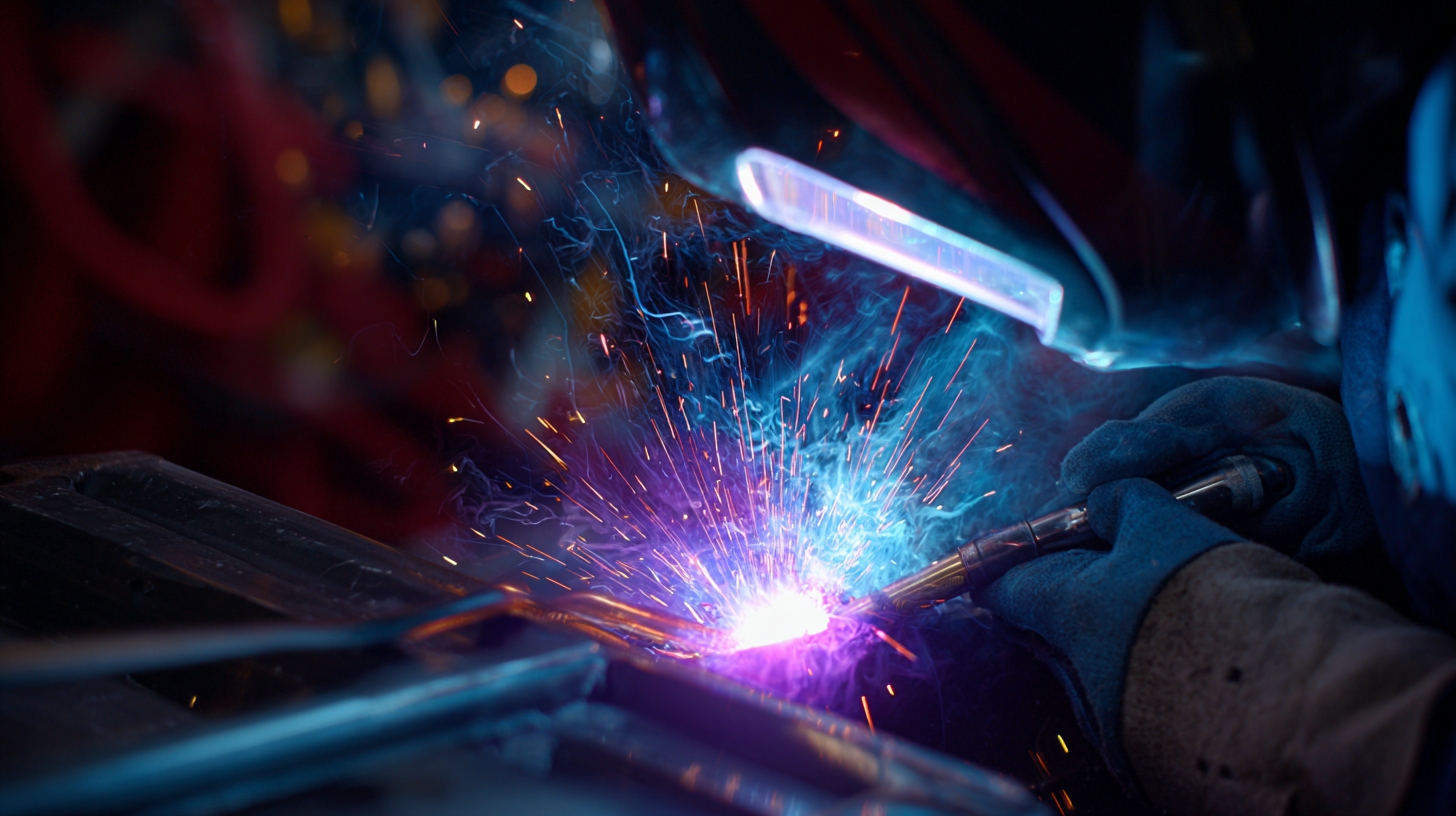
When budgeting for an AC DC TIG welder, it is crucial to consider the balance between cost and value. While it might be tempting to choose the cheapest option available, lower-priced welders often compromise on quality and performance. Investing in a reliable welder may lead to better results in your specific welding projects, reducing the need for costly repairs or replacements in the long run. Therefore, establish a budget that prioritizes the features essential for your tasks, such as versatility, ease of use, and the power capacity required.
Additionally, evaluating the long-term value of a welder involves assessing its efficiency and reliability. A more expensive welder may come with advanced technology and greater durability, which can significantly enhance your productivity. Take into account factors like warranty, customer support, and the availability of replacement parts. Ultimately, a well-justified investment positions you to achieve high-quality welding results, making the initial expenditure worthwhile as you tackle diverse projects with confidence.
When selecting an AC/DC TIG welder, safety features should be a top priority. Modern TIG welding machines are equipped with various safety mechanisms to protect the operator and enhance the welding experience. For instance, fume extraction systems have become increasingly important in maintaining a clean working environment. The Middle East welding fume extraction equipment market is estimated to grow significantly, reaching approximately USD 183.0 million by 2033, indicating a rising demand for effective fume control solutions in welding operations.
To ensure safety while welding, it is crucial to invest in protective equipment, such as high-quality welding helmets designed to shield against harmful UV rays and intense light exposure. When choosing a helmet, consider models that offer robust protection and comfort, as improper gear can lead to vision-damaging injuries.
Moreover, regular maintenance of your TIG welding machine is essential for optimal performance and safety. Make it a routine to check electrical connections, inspect cables for wear, and clean the machine after use. These practices not only prolong the life of your equipment but also ensure that every welding job is performed safely and efficiently.
